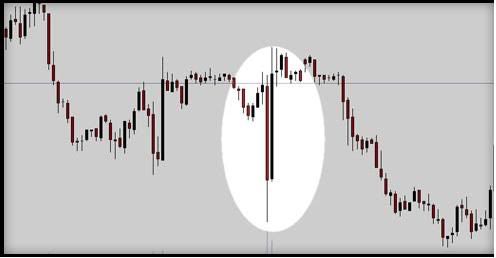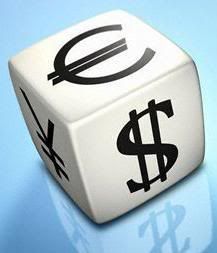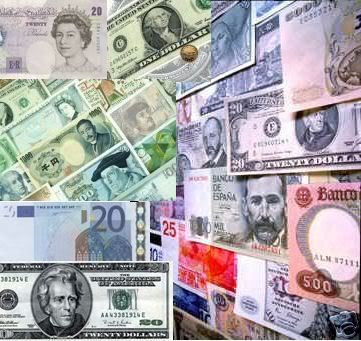
In Forex, emotions can be your worst enemy. Fear, excitement, panic, anticipation can lead you to make a trading decision impulsively, or rush you into a transaction. And oftentimes, this can be not only risky, but also damaging, harmful, and destructive. Trading Forex should be rational, calculated, and well thought through. While making smart decisions does not guarantee a success (it can lead to failed transactions as well) it still allows traders to trade with control. And controlling one’s own trading fate, is a positive thing!
Any investment requires risk taking. Risk is an exposure to the chance of loss. Loss can happen in many ways: it can happen via the change in the price from the closing time of a trading day to the opening time of the following trading day, it can happen as a result of a country’s increasing unemployment rates, or as a result of someone misinterpreting the graphs. Unfortunately, it has happened that people trade and trade their funds, trade on large amounts of leverage, yet cannot back their transactions up, and hence end up losing a lot of money. In this sense, the Forex market is said to be addictive, and in many ways trading is said to be gambling.
How to attempt to limit loss? How to make a smart decision? Educate yourself.
• Not all online games involve real money. Some trading platforms allow you to play without having to risk any money. This means that you cannot win any money, but it also means that you cannot lose any. It does mean that you get to practice your trading skills.

• Use Forex simulations to get hands-on experience without having to risk any money.
• Take classes. Participate in seminars. Join webinars. Attend conferences. Learn the basics of economy and finance.
• Get risk management consultation and advice.
• Inform yourself about Forex strategy tools. Learn how to strategize and how to control risk.
• Trade with a fixed money management strategy. Know what percentage of the account you are willing to risk on any given day. You want your trades to be controlled, disciplined, responsible and always well managed.
Forex ScamsUnfortunately, Forex scams exist. Individuals are led to believe that they can expect to make huge amounts of money by trading in the Foreign Exchange market, when in fact, they cannot. Just as unfortunate is the fact that the amount of Forex scams has increased drastically in recent years. The market is not as regulated as it should be, which allows for such scams and frauds to take place. Moreover, when individuals have been scammed it is oftentimes difficult to prove that such scams took place.
Forex scams come in various forms (and sizes…) When you visit and use Forex

websites and/or Forex software be aware of brokers who don’t always tell the truth about the risks involved in trading, of platforms that manipulate the exchange rate, of consultants that don’t look out for your best interest. Look out for programs that supposedly trade on your behalf and always make profits, for programs that provide inaccurate analysis, and automated trading services. Be aware of any trading platforms that promise that there is no risk involved and that this specific program can make you lots and lots of money.
Always double check “facts” and/or promises that you get and find about if they are correct. Make sure to get plenty of information from various different sources, and of course, make sure that you trade on a secure, reliable, safe platform as to guarantee your safety. Be suspicious as to avoid being scammed!























